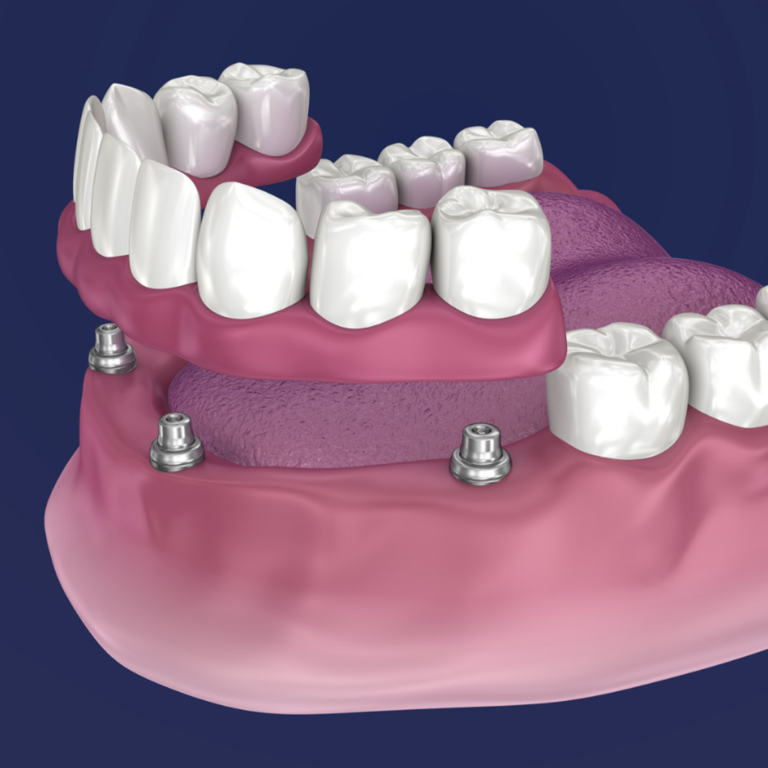Once dental implants are placed, the body begins a natural healing process. The surrounding gum tissue may feel tender or swollen for a short time. This stage is critical, as the bone starts integrating with the implant. A cosmetic dentist provides instructions tailored to each patient’s health and implant location. Following these directions helps avoid complications and supports healing.
Avoiding pressure near the implant site during this period protects the implant. Soft foods and cool beverages reduce irritation. Maintaining gentle oral hygiene around the area can prevent infection while promoting tissue recovery.
Keeping Implants Clean
Oral hygiene plays a major role in implant success. A cosmetic dentist will recommend cleaning tools that reach around the new implant without causing damage. Unlike natural teeth, implants do not decay, but plaque can still form at the gumline. If left uncleaned, it may lead to gum inflammation or infection. A consistent brushing and rinsing routine keeps the tissue healthy. Using a low-abrasive toothpaste helps maintain the surface of the crown. Patients should pay close attention to signs of bleeding, soreness, or sensitivity.
Some habits can put implants at risk. Chewing on hard objects or using teeth to open items may cause fractures. Grinding at night also puts strain on implants and surrounding bone. A cosmetic dentist may recommend a custom night guard if this issue arises. Regular dental visits allow for early detection of minor problems before they become serious. Redness, movement, or pain near the implant are signs that need immediate evaluation. Catching changes early helps protect long-term stability.
Supporting Long-Term Health
Healthy gums support implants. Gum disease, even when it doesn’t cause discomfort, threatens implant success over time. A cosmetic dentist focuses on prevention and education. This includes checking for changes in gum condition and reinforcing hygiene habits.
Tobacco use increases the risk of implant failure. Avoiding smoking during healing and after integration helps the body maintain stable bone and tissue. Patients committed to maintaining implant health often see success lasting for many years.
Monitoring Bite Alignment
Proper bite alignment keeps stress distributed across teeth and implants. After placement, the cosmetic dentist may adjust the bite to avoid pressure on the new implant. Changes in jaw position, missing teeth, or shifting may affect alignment over time. Regular checkups allow the dentist to monitor bite force and adjust as needed. Even a small imbalance can lead to wear or discomfort. Ongoing care reduces the chance of damage or loosening.
While implants mimic the look and function of natural teeth, their surface may stain differently. Foods like coffee, red wine, or berries can discolor the crown over time. A cosmetic dentist may recommend specific products to preserve brightness without harming the finish. Professional cleanings help polish away buildup and maintain appearance. Although the crown cannot decay, routine care keeps the surrounding tissue healthy and the overall smile bright.
Visit Your Cosmetic Dentist
Even with implants in place, routine dental exams remain a priority. These visits help maintain implant success and monitor the condition of adjacent teeth. A cosmetic dentist will track gum health, bone levels, and crown integrity over time. Many patients return twice a year, though some may benefit from more frequent visits. Ongoing evaluation allows for prompt treatment if any concerns arise. Staying on schedule with cleanings and exams supports long-term satisfaction.


Leave a Reply